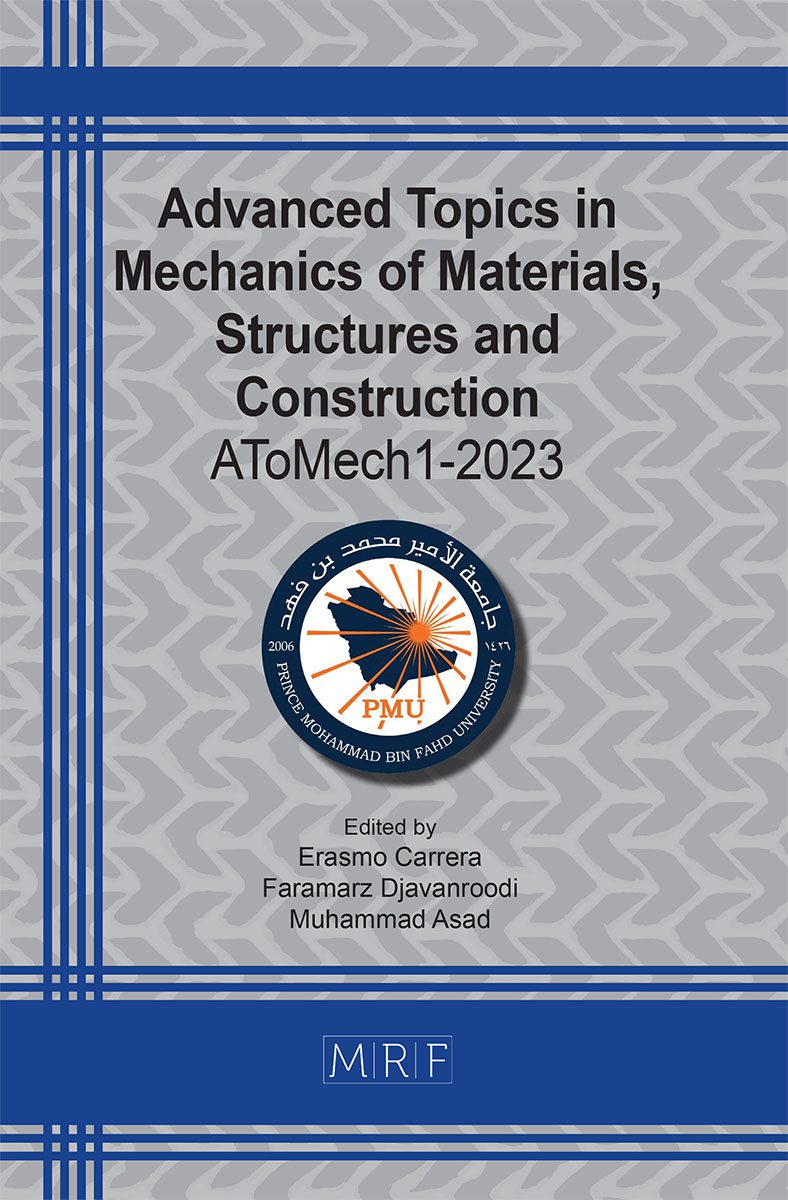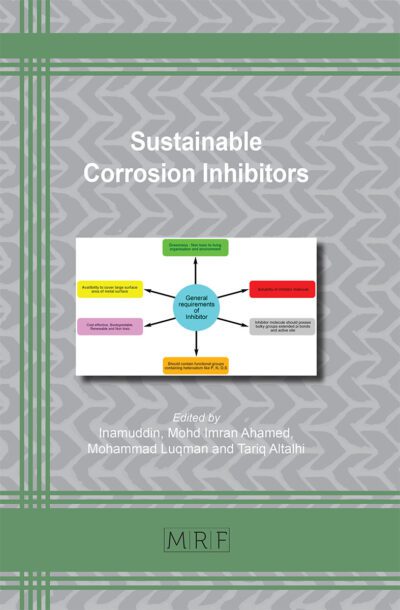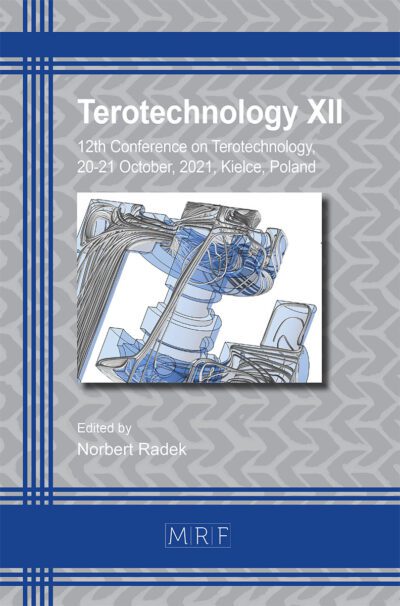A comprehensive analysis of the erosion in a carbon steel boiler tube elbow through the use of 3D mapping of the corroded surface and CFD modelling
Nikolay Bukharin, M.A. Farrokhzad, Mouhammad El Hassan
download PDFAbstract. Erosion corrosion is a common problem that affects boiler tubes, particularly those in power plants and industrial settings where hard water and abrasive particles are present in the flow. These particles can cause physical erosion to the surface of the tubes, which can then lead to further corrosion. This type of corrosion is often accelerated by the high temperatures and pressures present in a boiler system, as well as the presence of oxygen. The combination of physical erosion and chemical corrosion attack can cause significant damage to the tubes, reducing their ability to efficiently transfer heat and potentially leading to system failure. Therefore, it is important to predict rates of erosion to prevent costly and potentially dangerous failures. The focus of this paper is an investigation into the effects of erosion caused by hard water particles on a carbon steel boiler tube elbow (ANSI 16.9). A semi-empirical procedure, which considers properties of the material and flow parameters, is developed for predicting erosion rates. The study revealed that the primary erosion damage occurred on the extrados of the bend. The findings indicated that particles within the flow began to separate from the front wall surface, resulting in significant erosion along the lateral sides. The disappearance of erosion from the front surface of the bend was also consistent with the erosion patters observed on the eroded pipe sample, which was extracted from the line. Moreover, it was demonstrated the presence of two different erosion patterns in the separation region, which matched qualitatively the erosion pattern observed on the sample wall.
Keywords
Erosion, Corrosion, Erosion Pattern, CFD, Particulate Matter
Published online 8/10/2023, 10 pages
Copyright © 2023 by the author(s)
Published under license by Materials Research Forum LLC., Millersville PA, USA
Citation: Nikolay Bukharin, M.A. Farrokhzad, Mouhammad El Hassan, A comprehensive analysis of the erosion in a carbon steel boiler tube elbow through the use of 3D mapping of the corroded surface and CFD modelling, Materials Research Proceedings, Vol. 31, pp 755-764, 2023
DOI: https://doi.org/10.21741/9781644902592-77
The article was published as article 77 of the book Advanced Topics in Mechanics of Materials, Structures and Construction
![]() Content from this work may be used under the terms of the Creative Commons Attribution 3.0 license. Any further distribution of this work must maintain attribution to the author(s) and the title of the work, journal citation and DOI.
Content from this work may be used under the terms of the Creative Commons Attribution 3.0 license. Any further distribution of this work must maintain attribution to the author(s) and the title of the work, journal citation and DOI.
References
[1] Farrokhzad, M. A., Saha, G.C., Khan, T.I. (2013) Wear performance of co-electrodeposited cermet coatings, Surface and Coatings Technology 235(1-2):75–85 https://doi.org/10.1016/j.surfcoat.2013.07.015
[2] Farrokhzad, M. A., Saha, G.C., Khan, T.I. (2014) Three-body wear performance of co-electrodeposited cermet coatings, Wear Volume 313(Issues 1-2):34–42, https://doi.org/10.1016/j.wear.2014.02.013
[3] El Hassan, M.; Bukharin, N.; Al-Kouz, W.; Zhang, J.-W.; Li, W.-F. (2021). A Review on the Erosion Mechanism in Cavitating Jets and Their Industrial Applications. Appl. Sci., 11, 3166. https://doi.org/10.3390/app11073166
[4] M.C. Roco, G.R. Addie, (1987). Erosion wear in slurry pumps and pipes, Powder Technology, 50, 1, 35-46, ISSN 0032-5910, https://doi.org/10.1016/0032-5910(87)80081-5
[5] H., Wael, (2012). Flow Accelerated Corrosion in Nuclear Power Plants, Nuclear Power – Practical Aspects, InTech, https://doi.org/10.5772/51346
[6] P. C. Okonkwo, A. M. Mohamed, (2014). Erosion-corrosion in oil and gas industry: a review, International Journal of Metallurgical & Materials Science and Engineering, 4, 3, 7-28
[7] A.V. Levy, (1993). The erosion-corrosion of tubing steels in combustion boiler environments, Corrosion Science, 35, 5–8,1035-1043, ISSN 0010-938X, https://doi.org/10.1016/0010-938X(93)90322-8
[8] M. Amara, B.G.N. Muthanna, M. Tahar Abbes, M. Hadj Meliani, (2018). Effect of sand particles on the Erosion-corrosion for a different locations of carbon steel pipe elbow, Procedia Structural Integrity, Volume 13, Pages 2137-2142, ISSN 2452-3216, https://doi.org/10.1016/j.prostr.2018.12.151
[9] M. A. H. Yusof, Z. Zakaria, A. Supee, M. Z. M. Yusop, N. B. Haladin, (2019). Prediction of Erosion Rate in Elbows for Liquid-Solid Flow via Computational Fluid Dynamics (CFD), Applications of Modelling and Simulation, 3(1), 28-38
[10] L. Xu, Q. Zhang, J. Zheng, Y. Zhao, (2016). Numerical prediction of erosion in elbow based on CFD-DEM simulation, Powder Technology, Volume 302, Pages 236-246, ISSN 0032-5910, https://doi.org/10.1016/j.powtec.2016.08.050
[11] T. A. Sedrez, S. A. Shirazi, Y. R. Rajkumar, K. Sambath, H. J. Subramani, (2019). Experiments and CFD simulations of erosion of a 90° elbow in liquid-dominated liquid-solid and dispersed-bubble-solid flows, Wear, Volumes 426–427, Part A, Pages 570-580, ISSN 0043-1648, https://doi.org/10.1016/j.wear.2019.01.015
[12] R. Liu, W. Yu, M. Liu, (2023). Numerical prediction of solid particle erosion in angle-cutting elbows with gas–solid flow, Proceedings of the Institution of Mechanical Engineers, Part C: Journal of Mechanical Engineering Science, 06-320, 237, 2, https://doi.org/10.1177/09544062221121986
[13] Redondo, C., Chávez–Modena, M., Manzanero, J., Rubio, G., Valero, E., Gómez–Álvarez, S., & Rivero–Jiménez, A. (2021). CFD–based erosion and corrosion modeling in pipelines using a high–order discontinuous Galerkin multiphase solver. Wear, 478-479, 203882, https://doi.org/10.1016/j.wear.2021.203882
[14] Shirazi, S. A., Shadley, J. R., McLaury, B. S., & Rybicki, E. F. (1995). A Procedure to Predict Solid Particle Erosion in Elbows and Tees, Journal of Pressure Vessel Technology, 117(1), 45. https://doi.org/10.1115/1.2842089
[15] Yakhot, V., Orszag, S.A., Thangam, S., Gatski, T.B., Speziale, C.G., (1992), Development of turbulence models for shear flows by a double expansion technique., Phys. Fluids A, 4, 1510–1520, https://doi.org/10.1063/1.858424
[16] Omelyanyuk M, Pakhlyan I, Bukharin N, El Hassan M. (2021). Reduction of Energy Consumption for Water Wells Rehabilitation. Technology Optimization. Fluids., 6(12):444. https://doi.org/10.3390/fluids6120444
[17] Edwards, J. K., McLaury B. S., Shirazi S. A. (2000). Evaluation of Alternative Pipe Bend Fittings in Erosive Service. Proceedings of FEDSM 2000. ASME Fluid Engineering Division Summer Meeting: 959-966














